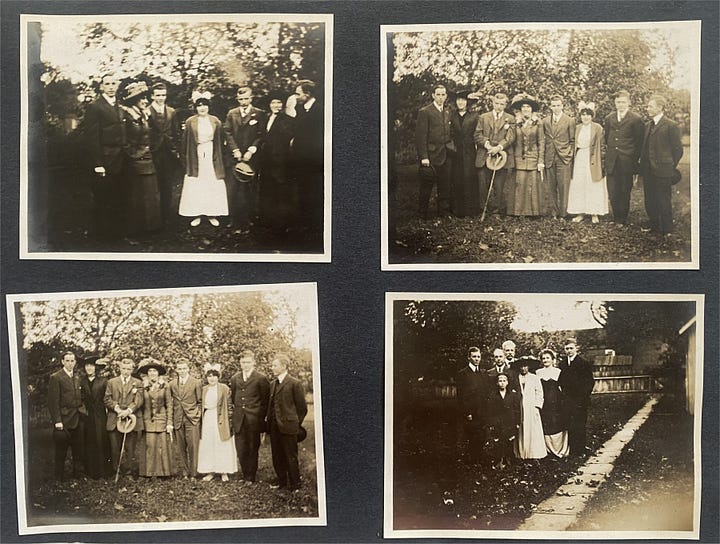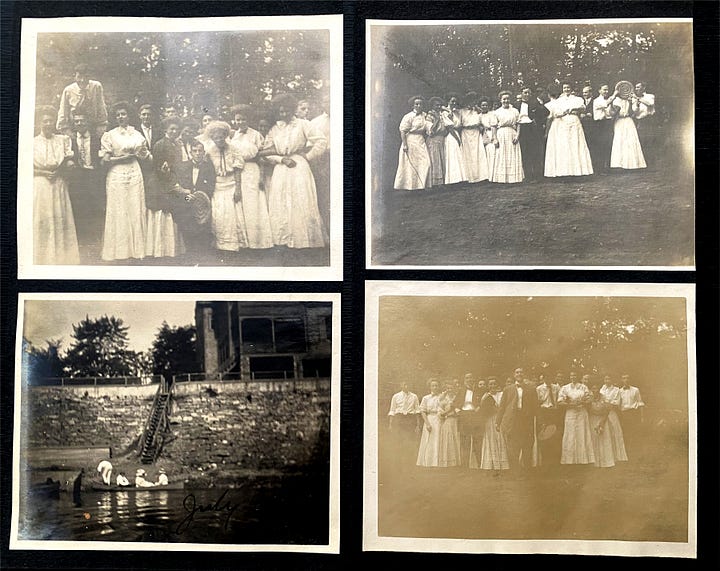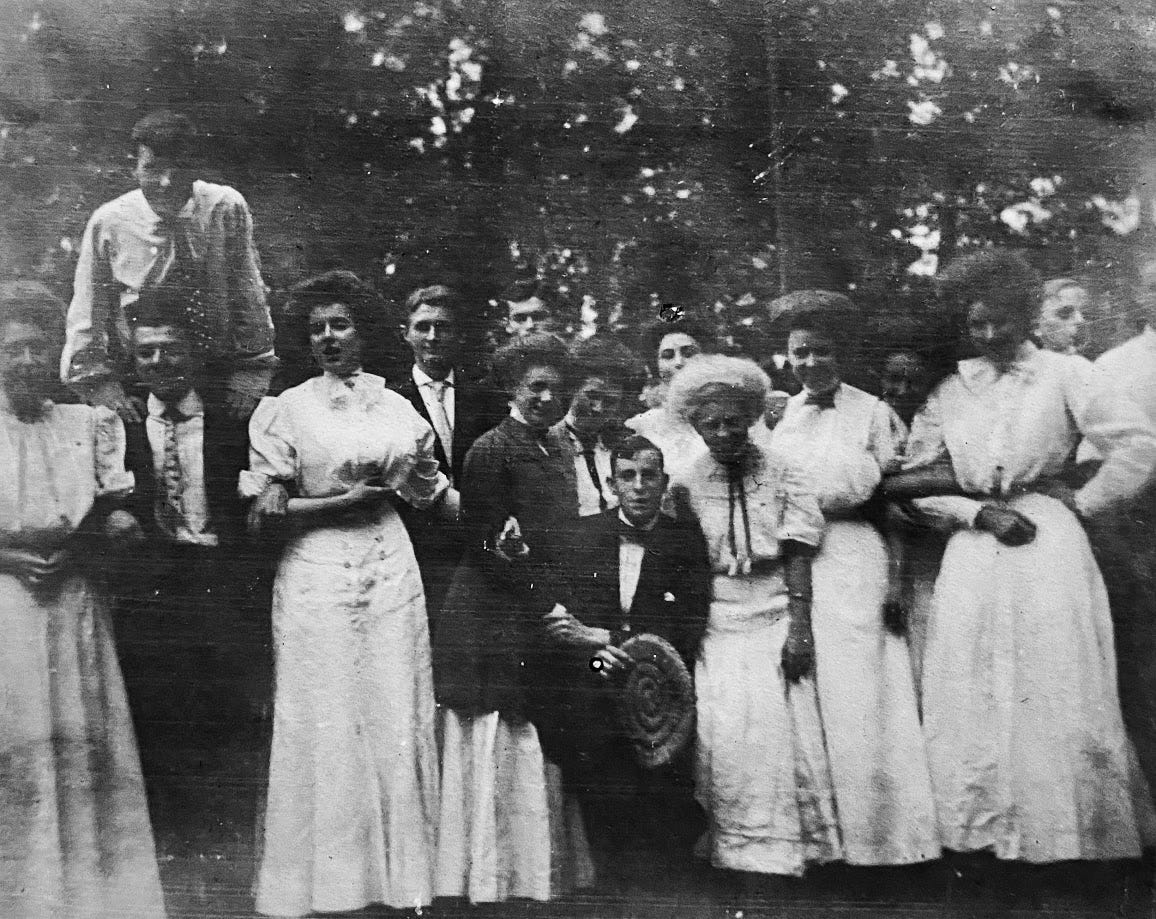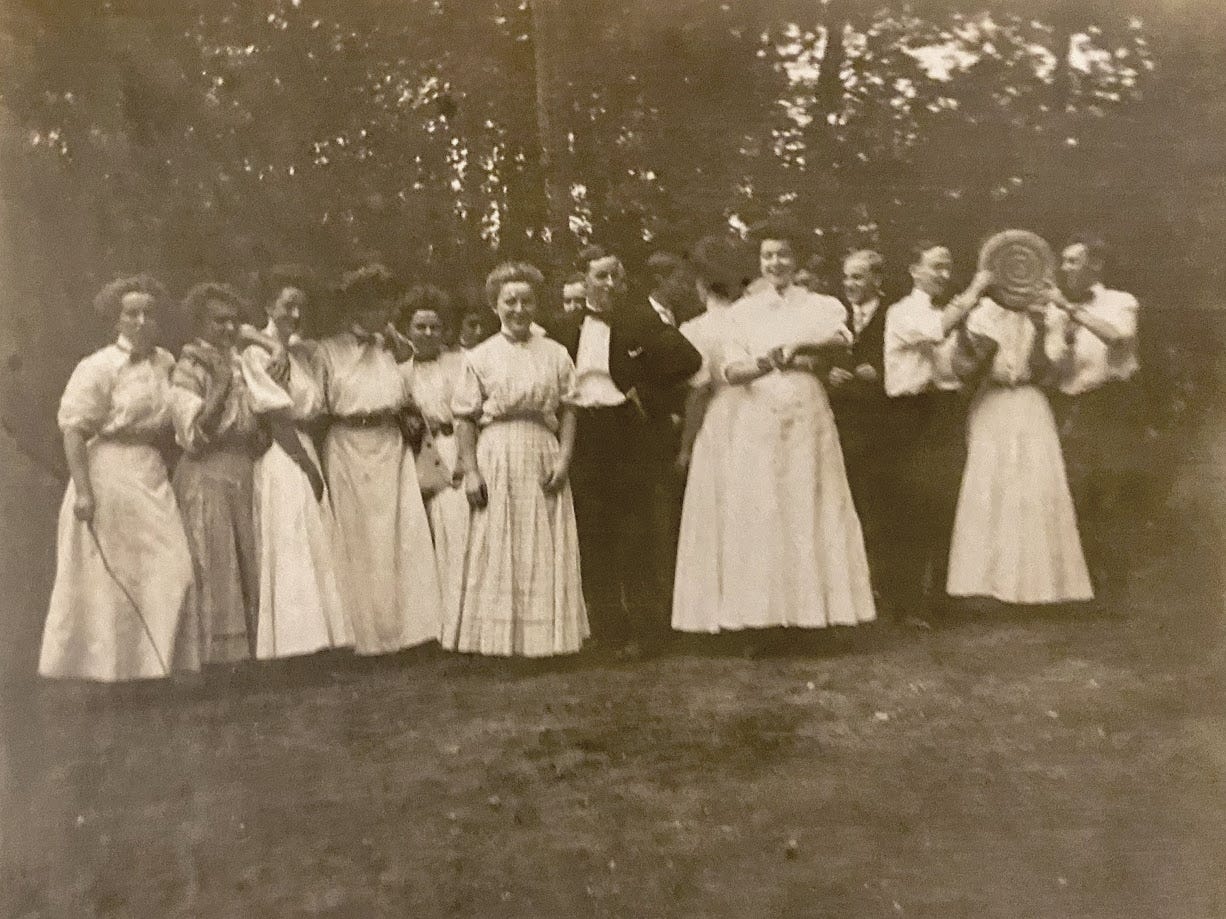Friday, October 27, 1967
The Archivist’s Inheritance
The package arrived at the back entrance of the Bellweather Library late on a Friday afternoon, as the golden October light slanted low across Main Street. Miriam Finch, archivist by trade and temperament, had not been expecting any delivery. Yet here it was: a box wrapped in brown paper, tied with rough twine, its corners softened by damp. She bent to lift it and was struck at once by the smell — mildew, unmistakable, mingled with a sharp trace of crushed mint. The odor was so strong she set it back down before daring to bring it inside.
There was no return address, no postmark, no sign of a sender. Only an envelope pasted to the lid with her name written across it in a slanted hand, and in the upper corner four faint letters impressed into the paper: TTPS. The stamp looked as if it might vanish if she breathed too hard on it. She traced the letters with her fingers more than once, hoping warmth might coax meaning out of them. They remained silent.
Miriam carried the box into the map room and placed it carefully on the oak desk where she did her cataloging. She cut the string with the same care she used when opening ledgers a century old. The paper tore reluctantly. Inside, she found an odd arrangement: a folder full of newspaper clippings and reports dated 1923, brittle with age. She looked through the clippings. They were about two people who had gone missing Eleanor Blythe and Vincent Harrow. There were photos of them and stories of their disappearance and the failed search to find them.
Also in the box was a small journal stained by water, its ink blurred into shadows; a metal canister containing a roll of undeveloped film, the label written in her father Silas Finch’s familiar hand — Bellweather 1923 / do not rewind; and beneath these, wrapped in brown tissue, a single photograph.
Miriam froze when she saw it. A couple stood at the edge of a river. The man faced away, the woman’s arm lightly in his hand. Their faces were turned from the camera. She had glimpsed this same photograph once before, years ago as a child, when it appeared briefly on her father’s darkroom table. The next day it was gone, replaced by diagrams of radio towers. He never explained, and she never asked.
At the bottom of the box lay a warped leather photo album. The cover was cracked, the black pages swollen by damp, its spine nearly broken. She opened it carefully. The pages crackled like thin ice.
The photographs inside seemed, at first glance, ordinary. In one sequence a variety of photos from what looks like someone’s back yard. In the other photos a different event with a different group of people, cousins perhaps gathered beneath the canopy of Bellweather Grove.




Yet her eyes were drawn immediately to the front row of one of the group photos. A boy of perhaps seventeen knelt, a spiral of wicker balanced across his lap. His posture was stiff, formal, but the spiral drew the gaze inward like a whirlpool. To his right stood a woman with her hand resting in his, and behind her, half-shadowed, a girl blurred by the lens.
The women wore their hair in Edwardian coils, parted and smoothed back into identical knots, so that they looked like versions of each other. The men in coats behind them looked restless, eager to be done with posing. Yet the boy’s face seemed sharpened, as though the lens had chosen him alone, while the girl behind him was already beginning to fade into shadow.
Miriam turned the page. Another photograph: the same grove, but more casual this time. The cousins leaned shoulder to shoulder, sleeves rolled, faces bright with mischief. Two young men had lifted the wicker spiral and held it directly over the face of one woman. Her body remained, her skirt falling in careful folds, but her face was erased by the coil. She clutched their forearms as though consenting to the prank, while the others laughed. Yet Miriam could not laugh. The spiral was too deliberate, too present. It seemed less like play and more like ritual, like the woman did not want to leave a trace of identity in the photo. To be symbolized by a spiral.
She leaned back, unsettled. Alone in the map room, the air smelled faintly of mildew and mint. She wrote nothing in her ledger. She left the photographs spread on the desk. On their own they might have been cousins or strangers, but because the album had arrived with the journal, the film, and the river photograph, she could not dismiss them.
The package had been assembled like a puzzle, and she was expected to read its pieces. If the album was a clue, then the boy must be Vincent Harrow, and the blurred girl Eleanor Blythe. She could not be certain, but once the suspicion entered her mind it did not leave. The photograph seemed to insist on it.
After a new minutes she put on her coat. She locked the library doors at dusk and carried only the key home in her pocket.
That night she dreamed. The Hollow Tree stood at the edge of a darkened grove, its trunk split wide, its hollow glowing as if with firelight. At the threshold stood a woman in a black coat, hat pulled low. The figure did not move, but Miriam felt the weight of her gaze. She woke with her heart quickened and the smell of mint still in her nose.
Something had opened. The package was not only an inheritance from her father but a summons from elsewhere.
To be Continued…
Filed under: #ExquisiteFamilyRecords, #EleanorBlythe, #SilasFinch, #MiriamFinch #archivist, #BellweatherGrove, #EdwardianCoils, #Poetry #VincentHarlow, #photoalbum, #1909, #1967, #dream, #familygathering, #DoNotRewind, #TTPS





